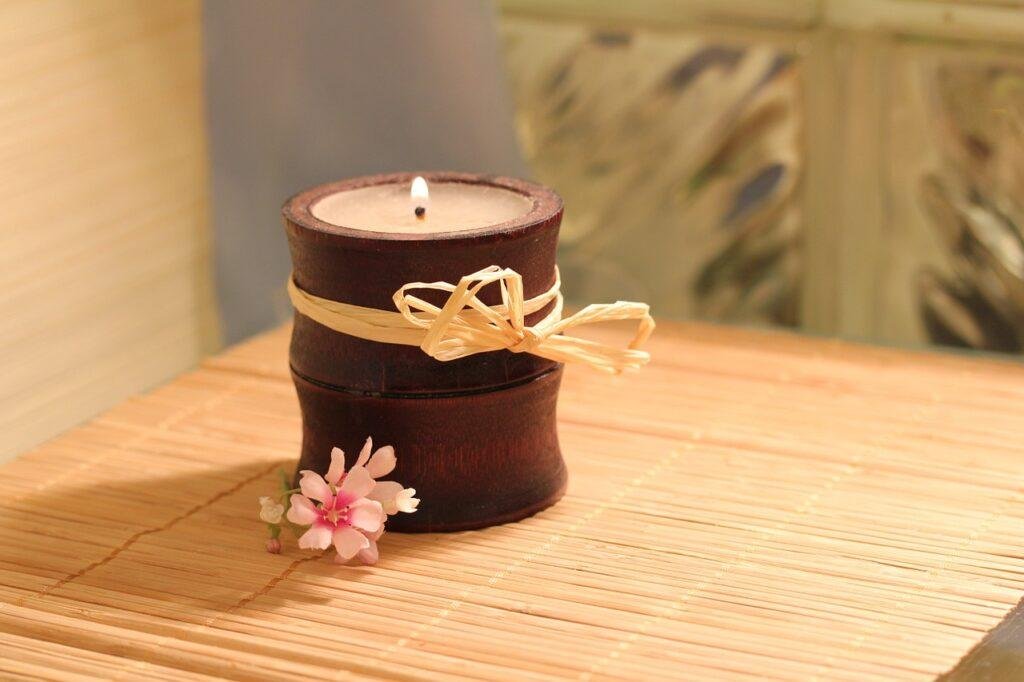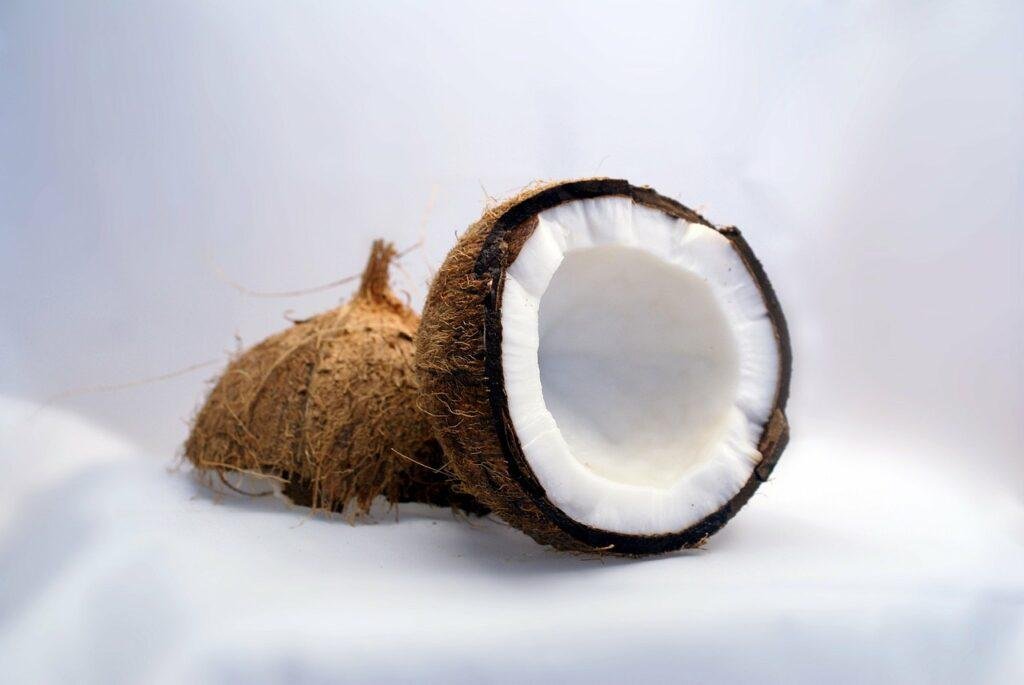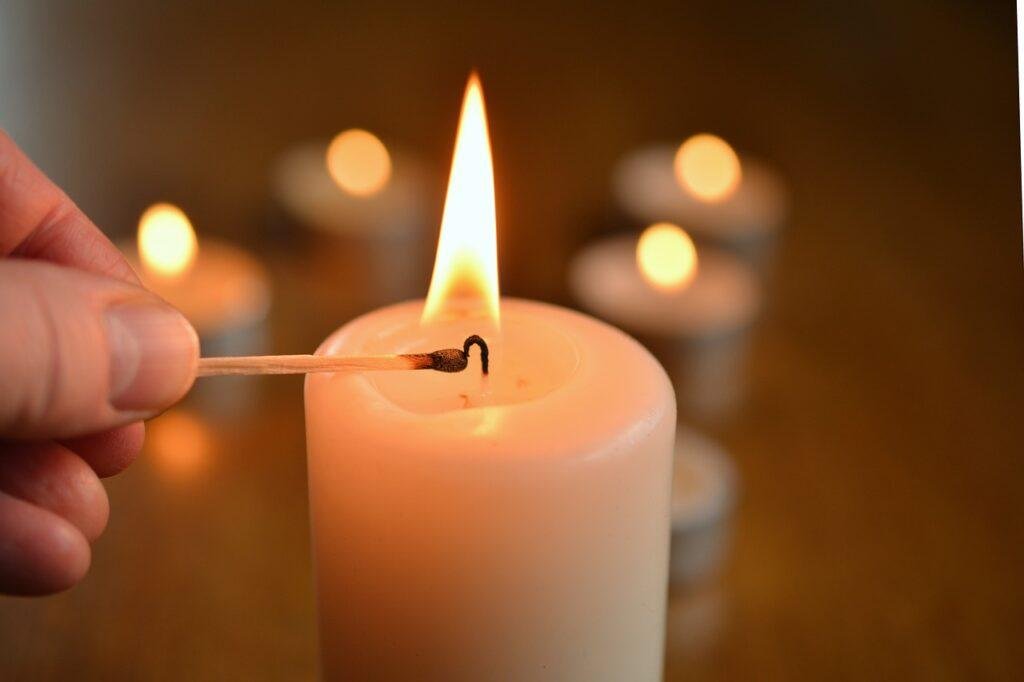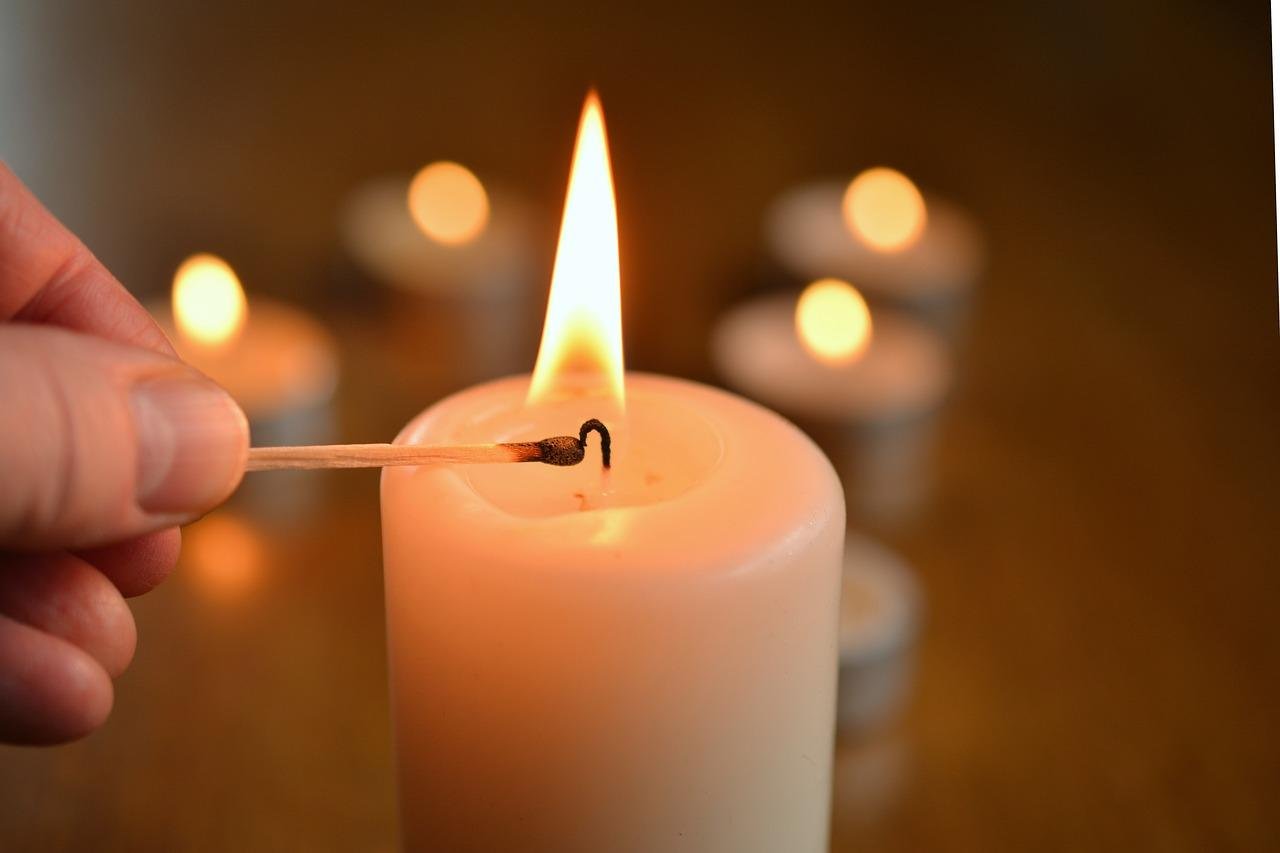Say Goodbye to Traditional Candles and Hello to Zero Waste Candles
Just a heads up, this post contains some affiliate links. That means that we earn a small commission if you buy the product at no extra cost to you. That allows us to continue to research and share interesting articles with you. :)
During the wintertime, we love spending the evenings indoors watching TV or participating in hobbies (like writing these blogs!).
While we’re indoors, lighting a few candles around the house and staying in for the night is an excellent way to make the house feel like home. However, we all know that burning candles have an effect on the environment, and it can get expensive. So, how can we choose zero waste candles instead of regular ones?
I’m talking about what you do when it’s time to blow out your candle and throw away the container for good.
If you’re looking for a new eco-friendly way to bring scent into your home without compromising on an indulgence or smelling any less fabulous, then you’re in the right place. I asked the same question, and this is what I found.
What Makes a Candle Zero Waste?

Candles in themselves are not the worst thing you can have in your home if you’re trying to reduce your impact on the environment, but one thing you will find when buying zero-waste candles is that there are many options to choose from. They may even come in packaging that is less-than-zero waste!
If it’s not the packaging you’re concerned about, it’s the type of wax used and even the scents.
When trying to live a more sustainable and zero-waste lifestyle, we need to look at the whole system we’re in.
Let’s start with the wax, to begin with.
Comparing Different Waxes for Sustainable Candles
Modern candles can be made from all kinds of waxes, with some being more eco-friendly than others.
Here are a few different waxes and their sustainability impact.
Paraffin Wax
The most commonly used wax for candles these days seems to be paraffin wax, also known as petroleum wax. Not only is this wax not organic, it’s also derived from oil, and 85–90% of global wax consumption comes from petroleum.
Moreover, the process used to make paraffin wax creates a by-product known as coke. This is essentially pure carbon and is used to produce gas and synthetic fibers.
Coconut Wax

There are now more brands making coconut wax candles, which are thought to be a more sustainable alternative to paraffin wax.
Coconut wax doesn’t release coke in the manufacturing process and only uses traditional beeswax in its production, which makes it a great alternative if you want to go to zero waste.
Some of the downsides of using coconut to make wax for zero waste candles are that coconut wax is heavier. Coconut wax zero waste candles burn slower, and there is some concern about the harvesting of coconuts from the wild.
Tallow Wax Candles
Most tallow candles are made from the fat around the organs of beef or mutton, called tallow.
This makes the tallow an excellent fuel source for candles as it is a byproduct of the meat industry, However, the process of making tallow candles has been linked to environmental concerns because these materials require a significant amount of resources and energy to produce.
Although tallow is a byproduct, tallow candles are not popular in sustainability circles because the industry requires so much energy to be used in the production process. This can make a tallow candle highly unsustainable, depending on the size of the factory producing them and how much tallow they are extracting.
It takes 9 pounds of leaf fat to fill around four 1 quart jars, which is a reasonably good return, but beef tallow is also not vegan-friendly as it is an animal by-product. Overall, this doesn’t make tallow a good candidate for zero waste candles.

Beeswax Candles
Beeswax candles are one of the most eco-friendly ways to burn a candle.
Bees produce beeswax by collecting nectar and turning it into honey. The largest producer of beeswax is China, where many of your beeswax candles are made. Six thousand tons of beeswax is produced annually in China and distributed worldwide.
The beeswax in these candles comes from managed hives in places where bee colonies and their natural habitat are respected.
One major downside to using beeswax for your candles is that beeswax is unsuitable for vegans because honey bees make it. Beeswax zero waste candles are usually more expensive than other brands and come in a more limited range of scents.
Rapeseed Wax
Rapeseed wax candles have become popular in the zero waste community because they are a great alternative to paraffin wax candles. Rapeseed (similar to canola), used in making candles, is a by-product of the rapeseed oil (and canola oil) industry.
Rapeseed oil is made from rapeseeds, which are cabbage seeds that have been heated to high temperatures and then pressed to extract the oil.
Zero waste candles made with rapeseed wax are a great alternative to paraffin. Before making your decision, consider the sustainability of the oil business in your area.
Soy Wax Candles
Soy candles are another kind of candle that is better for the environment than paraffin wax candles. Many people think that soy candles are a sustainable candle choice.
Soy wax is made from soybeans that have been crushed to extract soybean oil. Soybean oil has several uses, including biodiesel, which is a fuel that can be used instead of fossil fuels, and other products derived from soybeans.
One of the downsides of using soy wax for candles is that it requires a lot of heat to make and is processed using hexane, a petroleum by-product. The vapours of hexane can cause lightheadedness, giddiness, and dizziness. None of these are problems when burning zero waste candles made from soy wax at home.
Made with all-natural ingredients, soy wax candles are not only eco-friendly, but also long-lasting and provide a beautiful, subtle scent. Take a look at these options on Amazon and give them a try.

How do you make a candle eco-friendly?
When it comes to buying zero waste candles, there are a lot of questions to ask. Some of these questions include:
- What wax is used?
- Does it cause pollution, and is that made clear?
- Are they tested on animals?
- Where do they come from?
- What scents are used, and how are they sourced?
- What packaging is used?
- How is the candle transported from where it is made to the store?
If you’re concerned with your environmental impact, you need to consider the whole impact of your choices and not just one or two aspects.
When purchasing zero-waste candles, look for a cruelty-free, vegan-friendly company that considers the packaging they use, responsibly sources their wax products, and manufactures and delivers their candles in an environmentally safe manner.
A zero-waste lifestyle doesn’t necessarily mean completely eliminating all waste; it’s about rethinking our consumption patterns and finding intelligent ways to lead.
The Final Verdict on Zero Waste Candles
I love to have a candle or two burning in the evenings here at our mini-homestead, but having looked into what zero waste candles were the most sustainable, I felt there were more questions than answers.
I struggled to decide which zero waste candles to use but found some excellent alternatives for small spaces and our home’s decor.
Next time you want to burn a candle, take the time to consider all the options and make an informed choice. The planet will thank you for it!
Back To The Good Life is a participant in the Amazon Services LLC Associates Program, an affiliate advertising program designed to provide a means for sites to earn advertising fees by advertising and linking to Amazon.com. We also participate in other affiliate programs which compensate us for referring traffic.







